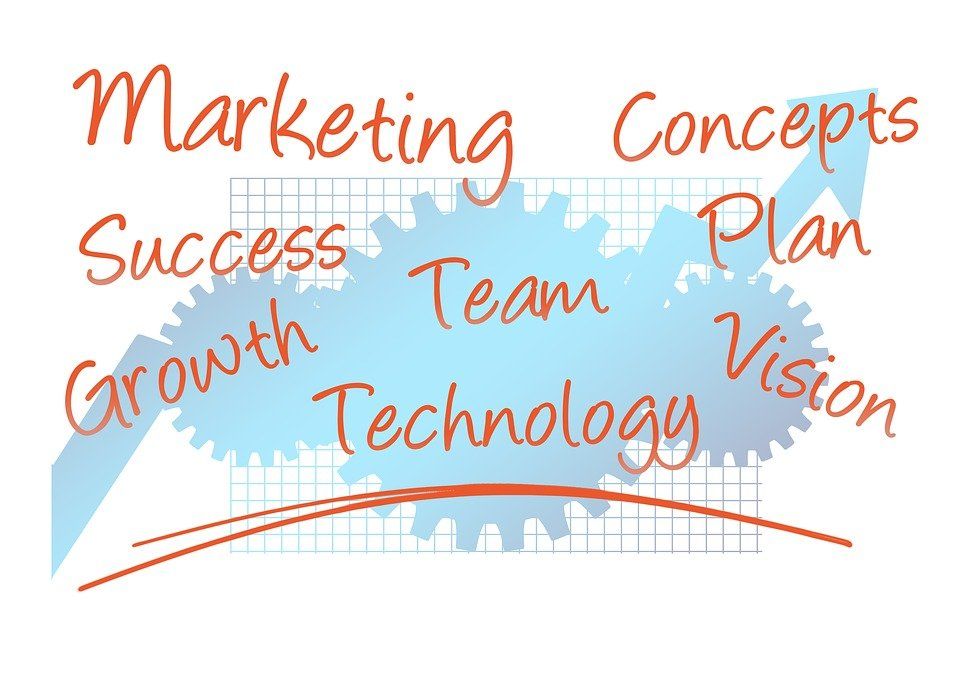How Mid-Sized Companies Can Leverage Technology Companies to Accelerate Their Success
As a company owner, growth will always be your goal. Now that you’ve reached mid-sized company status, you’ve already experienced some growth, but chances are good that you’d like to see your business go even further. Fortunately, you can leverage technology companies to help accelerate your success and take you to the next level.
Expertise, Resources, and Industry Knowledge
Hiring an IT company to help you grow your business might seem a bit daunting, but the truth is that they bring much more than their knowledge of networking and software. They also bring with them experiences from other businesses, resources and information that can help you meet all your business goals more quickly. If you’re facing a certain challenge or problem, there’s a good chance that the IT company you hire has dealt with that problem in the past, and they can help you overcome it far more quickly than you could on your own.
Access to a Managed Services Provider
Even if you already have an excellent in-house IT team taking care of most your needs, a managed services provider, or MSP, can do even more for you. The best part about utilizing an MSP is the fact that you get to decide exactly how they support your company.
- Full-scale IT support. An MSP can completely replace an in-house IT team, so if you have limited space or equipment available to you, this is an excellent choice.
- Front-line support. In some cases, mid-sized businesses have a couple of IT professionals on standby to take care of major issues, but the business handles all the front-line support (basic software and networking) on their own. An MSP can alleviate pressure by serving as your front line, allowing your employees to focus more on their primary roles.
- Back-end support. On the other hand, some companies have one or more IT professionals who can handle the front line just fine on their own but struggle to resolve more advanced issues. An MSP can act as an advanced IT support group, as well.
- Overflow support. As your company grows, your in-house IT department (and your servers) will feel the strain. An MSP can remain “on-call” to help you handle overflow, which results in a better experience for you and your customers.
- After-hours support. Finally, the demand for customer service, order support, etc. doesn’t end just because your company has closed shop for the day. An MSP is a great option for taking over and providing that support after hours.
Providing a Better Customer Experience
All in all, growing your business is about making sure people know who you are, getting those people to buy your products and services, and making those people happy. If you can provide the best possible customer experience to everyone who interacts with your company, growth is all but guaranteed. Technology companies have worked in many industries, and they know which technologies and solutions work best.
If growth is your ultimate goal – and it should be – then technology is going to play an important role in that. Leveraging the expertise and knowledge of a technology company, and perhaps even an MSP to help alleviate some of the day-to-day stress in your business can accelerate that success.
The post How Mid-Sized Companies Can Leverage Technology Companies to Accelerate Their Success appeared first on SDTEK | San Diego, CA.



